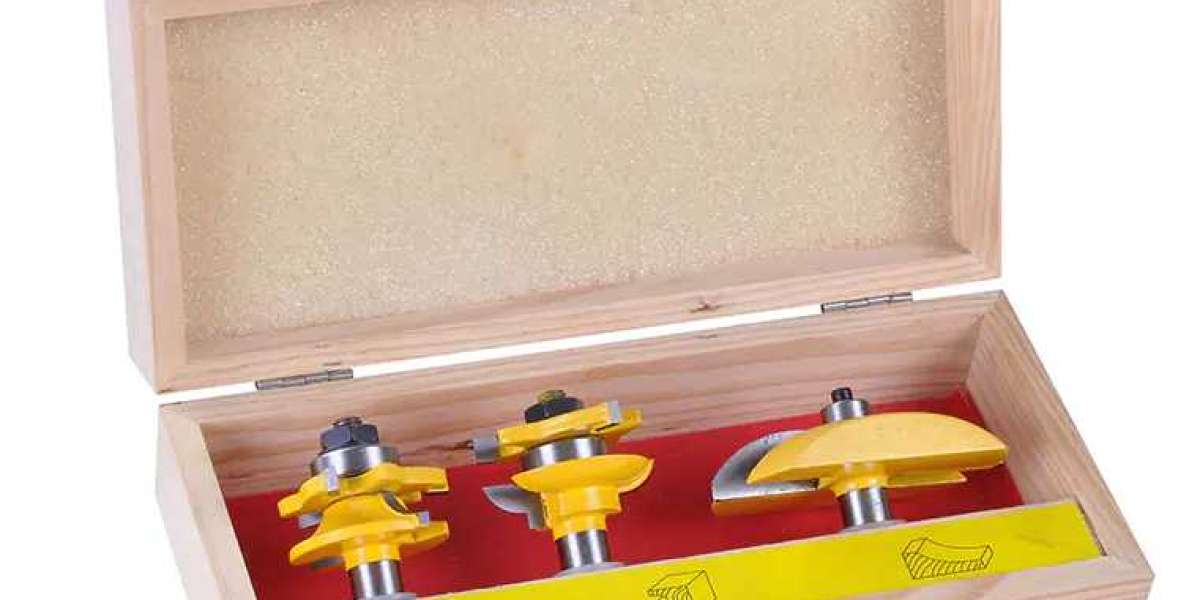CNC milling cutter is a precision tool that is integral to the modern manufacturing process, particularly in the field of metalworking and advanced woodworking. These cutters are designed to perform a variety of operations, from simple drilling to complex three-dimensional shaping, with high accuracy and repeatability. When discussing the performance of CNC milling cutters at high speeds, several factors come into play, including the cutter's material, design, and the machine's capabilities.
The high-speed rotation of a CNC milling cutter is a critical aspect of its operation. As the spindle of the CNC machine accelerates, the milling cutter must maintain its structural integrity and precision to ensure that the cutting process is both efficient and accurate. The performance of a CNC milling cutter at high speeds is influenced by its balance, rigidity, and the quality of the materials from which it is made.
Balance is a key factor in the high-speed performance of CNC milling cutters. An imbalanced cutter can lead to vibrations, which not only reduce the quality of the cut but also increase the risk of tool breakage and machine damage. High-speed balancing processes are therefore essential to ensure that the cutter operates smoothly at high RPMs. This is particularly important for larger cutters, which have more mass and are more susceptible to imbalance.
Rigidity is another crucial characteristic of CNC milling cutters when operating at high speeds. A rigid cutter is less likely to deflect or vibrate, which can lead to inaccuracies in the cut. The rigidity of a cutter is often determined by its design and the materials used in its construction. High-speed steel (HSS) and carbide are common materials for milling cutters due to their strength and durability. Carbide, in particular, offers excellent wear resistance and can maintain its shape at high speeds, making it ideal for high-speed applications.
The design of the CNC milling cutter also plays a significant role in its high-speed performance. Cutters with a larger number of flutes can remove more material per revolution, which can increase the cutting speed and efficiency. However, this also means that the cutter must be able to dissipate heat more effectively to prevent thermal damage to the workpiece or the cutter itself. Coolant systems are often employed to help manage heat during high-speed milling operations.
The machine on which the CNC milling cutter is mounted also has a significant impact on its high-speed performance. The spindle of the CNC machine must be capable of maintaining a high RPM without losing precision. This requires a spindle with high torque and precision bearings to ensure that the cutter remains stable and accurate at high speeds.
In high-speed milling, the cutting forces can be substantial, and the cutter must be able to withstand these forces without deflection. This is particularly important in deep or heavy cuts, where the cutter is subjected to greater stress. The use of advanced materials and coatings can help to improve the cutter's resistance to wear and heat, allowing it to maintain its performance at high speeds.
The performance of CNC milling cutters at high speeds is also affected by the cutting parameters, such as feed rate and depth of cut. These parameters must be carefully selected to match the capabilities of the cutter and the machine. Too high a feed rate can lead to excessive heat and potential damage to the cutter or workpiece, while too low a feed rate can result in poor efficiency and longer machining times.
In conclusion, the high-speed performance of CNC milling cutters is a complex interplay of factors including balance, rigidity, material quality, design, and the capabilities of the CNC machine itself. By carefully considering these factors and selecting the appropriate cutting parameters, manufacturers can achieve high-quality, efficient milling operations at high speeds. The ongoing development of new materials and cutting-edge designs continues to push the boundaries of what is possible with CNC milling cutters, ensuring that they remain at the forefront of precision machining technology.
https://www.zjrctools.com/product/
Ogee Rail Stile Bits: 1/2"x1-5/8"
Ogee Raised Panel Bits: 1/2"x3"








